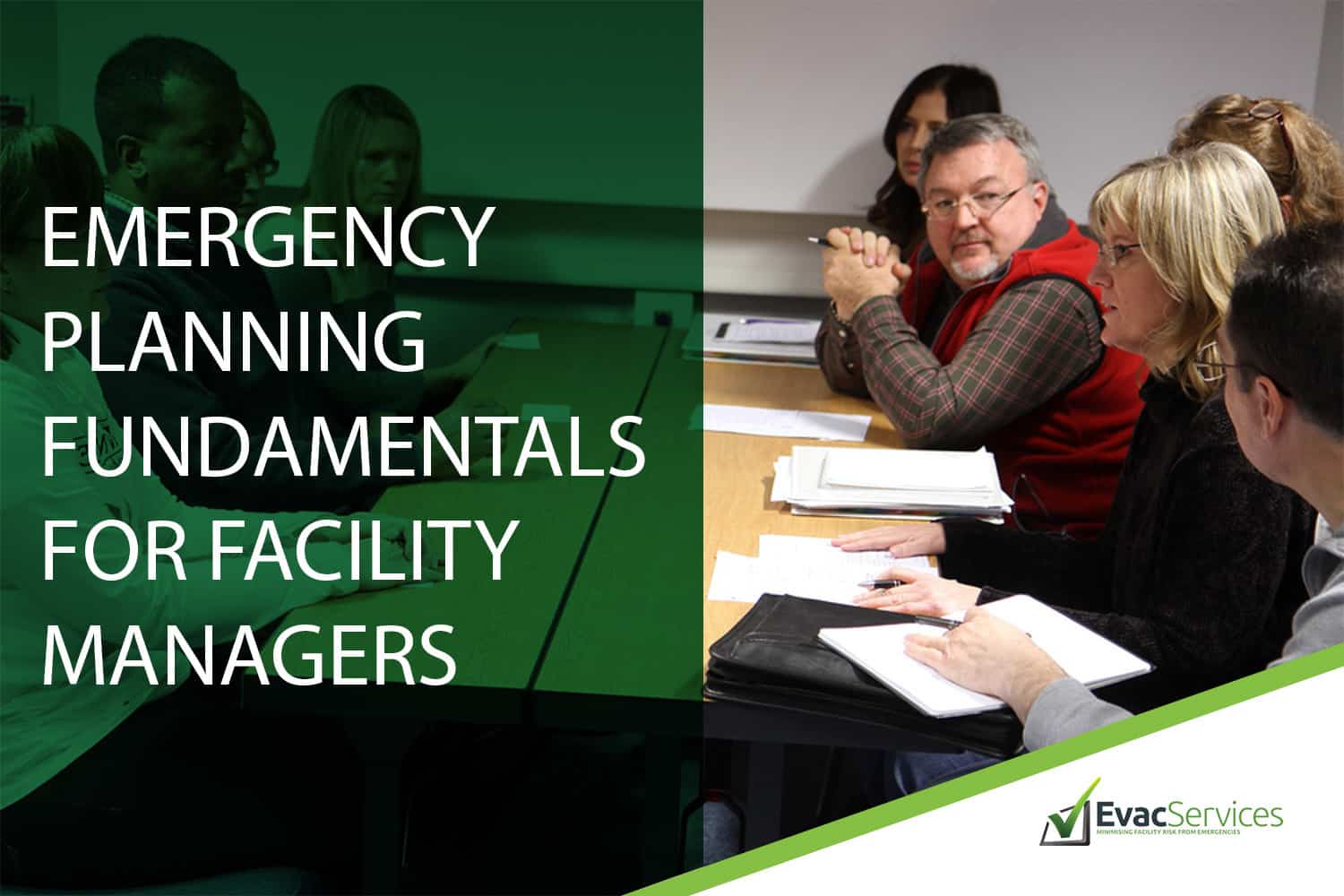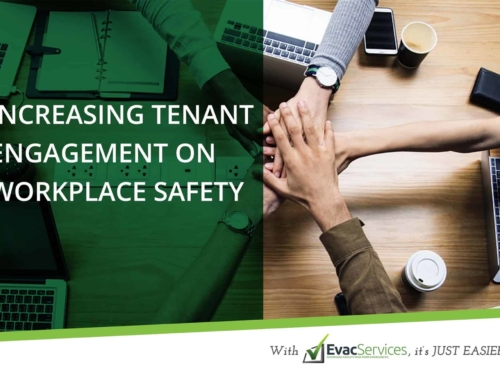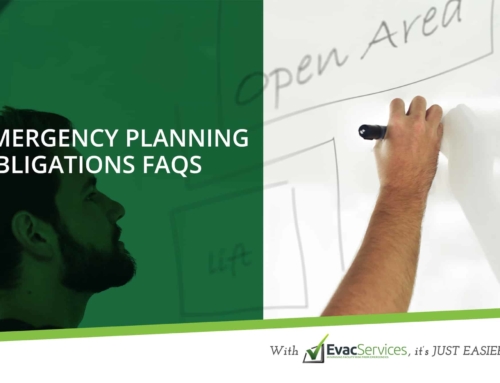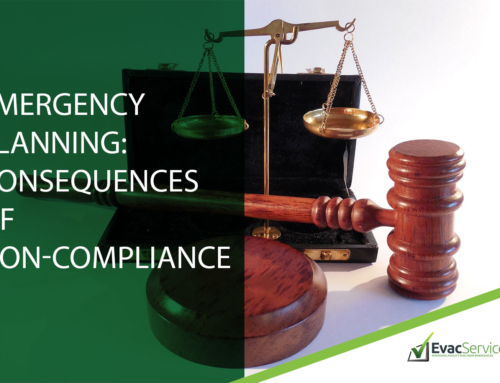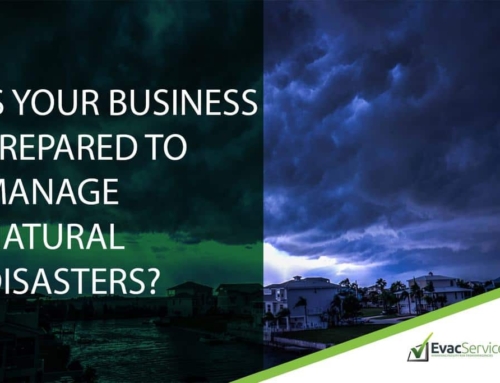Each year, Australia faces natural disasters and other emergencies that could lead to fatalities and disruption to major industries. Hence, the government implements Australian Standard 3745 and other relevant legislation and regulations mandating emergency planning and preparedness across all sectors of society.
The responsibility of ensuring that a facility or building is prepared for emergencies ultimately falls on the shoulders of facility managers like you. When it comes to emergencies, nothing beats being prepared with the proper mindset, training and equipment. Since nobody can predict when an emergency situation or a disaster will strike, it becomes even more important to take on an attitude of preparedness so as not to waste precious time and energy when it matters most.
In this article, we will give comprehensive information to help you understand the nature and importance of emergency planning, beyond simply for the sake of compliance. The end goal for all of this remains the same: To ensure the maximum safety of all building occupants.
What is Emergency Planning?
Emergency Planning involves the arrangements you make to ensure occupant safety in the event of an emergency at your facility. Its primary objective is to prepare for and mitigate the impact of emergencies on your occupants and assets. The activity involves identifying specific risks and possible emergencies that could take place as well as outlining steps on how to respond. Doing these will allow you and businesses to plan on how to manage risks relevant to your site and assign facility personnel properly trained to handle emergencies.

Why should you plan for emergencies?
Having an emergency plan prepares the site for and mitigates the impact of emergencies. The process requires identifying what to prepare for and how to respond. It involves accumulating knowledge and skills to allow you to disseminate information to:
- Manage and plan for potential emergencies
- Allocate facility resources and personnel to deal with the emergencies
Each state has various requirements governing emergency planning, but generally, the Regulations and Standards are the following:
- Australian Standard 3745 – 2010 Planning for emergencies in facilities;
- Australian Standard 4083 – 2010 Planning for emergencies in Health Care Facilities;
- Australian Standard 1851 – 2012 Maintenance of Fire Protection Equipment;
- Other Australian Standards that deal with specific requirements
- State Workplace Health and Safety legislation and codes of practice
- State Fire Safety Regulations (such as the Queensland Building Fire Safety Regulations 2008)
- State Fire and Rescue / Fire Brigade acts
- Building Codes of Australia
The compliance framework of Legislation, regulations, codes and Australian Standards is intended to ensure that all buildings structures and workplaces meet safety requirements, not only for the protection of the property but more importantly the occupants. It is essential to reiterate that the primary concern of all is the precedence of life safety over that of property. It is imperative that your emergency planning and communication to the occupant is clear and framed simply.
Who are required to participate in Emergency Planning activities?
Everybody has a stake in emergency planning. Facility managers, tenant managers, wardens, occupants and visitors all have a role to play in ensuring the development and implementation of the plan.

What do you need to consider when planning for emergencies?
An ideal emergency plan includes specific procedures that cater to different types of emergencies and risks that may befall the facility. Aside from fire, other emergencies include flood, severe weather, toxic emission, terrorism, civil disorder, building instability, earthquake, bomb threat, armed intruder, medical emergency, and chemical or biological accident.
Ideally, the emergency plan will meet the requirements of the Workplace Health and Safety Act 2011, as well as applicable local legislation and Regulation. The size of the facility, number of storeys, type of building construction, number of people on site, means of escape, and the surrounding areas should also be taken into account when establishing an emergency plan.
Emergency planning should be taken seriously as lives of people are at stake. Its successful implementation does not only depend on how well it is written but more importantly, on how well is it executed by all parties involved.
Now that you already know the WHAT, WHY, and WHO when planning for emergencies, the next step is knowing the steps involved in Emergency Planning.
Is emergency planning part of your agenda this year? Our experts are here to help! Click one of the links below, and we’ll be in touch with you shortly.

